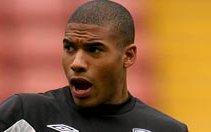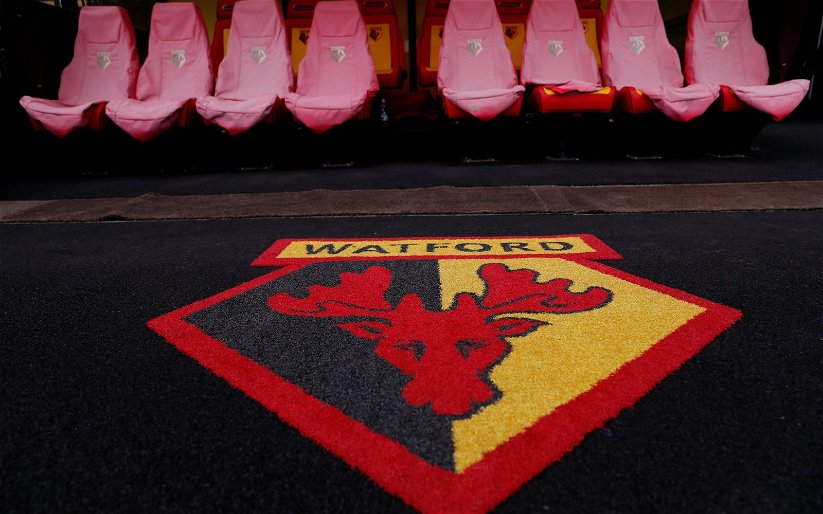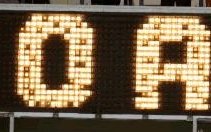Journalism undergraduate Billy Hawkins discusses Watford’s search for the right balance going forward
ANALYSING football matches is a pointless exercise unless taken in context. Following last Saturday`s 2-0 defeat at Bolton, the hordes of Twitter came out of hiding to express a severely irrational lamentation of Beppe Sannino`s abilities, and an instant desire for his removal from the club.
Having discussed the need for defensive solidity before turning to focus upon the offensive side of play, there was cause to be disappointed following the defensive lapses which occurred in the process of conceding both goals; the first from a set-piece in which an indistinct marking style was used, and the second from a high-pressing defensive line caught by surprise by a quick thinking and fleet-footed Joe Mason.
Yet, even though the defence faltered – for the first time in three games – the attack on show was more prominent than has been recently. For all the desire for Gianfranco Zola`s ‘sexy football` to return, the attacking performance by Sannino`s men was a more convincing show than that of the corresponding fixture in November.
And so whilst a 2-0 defeat may cause negativity – as it should do – there is a need to view the performance in relation to what has happened previously; and in doing so, the only thing to be seen is improvement.
The 1-0 home defeat under Zola – a performance characteristic of his final weeks in charge – was underlined by the refusal to change the style of play in the search for a victory.
Even after controlling the tempo of the game – Watford ended the match with 65% possession and an 81% pass success rate – only one, solitary shot was recorded on target. For all the desire to play a style reminiscent of the Dutch Masters, possession without goals is the biggest façade in modern day football; with 49% of the game played in the neutral third of the pitch, Watford were the biggest proponents of impotent possession.
That game resulted in a combined 165 touches of the ball between the four offensive players – with three playing together for 34 minutes – yet Fernando Forestieri struck the only shot on target. Jermaine Beckford and David N`Gog, who alternated shifts as a lone frontman during the game, could only muster a combined 17 touches between them – yet of the three shots on target that Bolton provided, two game from Beckford, including the Manuel Almunia induced winning goal.
That Watford were not able to release a single shot from inside the 6 yard box – whereas 13 of the 19 total came from outside the 18 yard box – highlights the attacking fault in Zola`s final games in charge – especially considering the supposed strength of his attacking coaching. There was nothing in that performance that suggested attacking or defensive strength, and it came as no surprise to many when Zola resigned just four games later.
The away loss was characterised by a desire to move away from the recent Mourinho-esque deep-lying, counter-attacking style that brought sedate success in the past weeks, and onto a more progressive, less direct theoretical framework.
Watford won the possession with 51% – a feat not achieved since the 1-0 loss to Reading at the beginning of January – and had a pass success rate of 75% – a high in the month of February. The high defensive line pressed excellently – and completed 27 successful tackles – but were caught out as Joe Mason out-paced the aging Marco Cassetti after a lofted pass – as directness once again outshines the short pass.
That the two games lost to stuttering opposition came from a desire to play possession based football may just show that the directness which people loathe has been the cause for the recent upturn in form and results.
Charles Reep – who was to long ball football as Gianni Brera was to Catenaccio – returned to England at the end of World War II to discover that, although the W-M formation had been adopted, Herbert Chapman`s theories to coincide with the tactic had not; fast wing-play had been forgotten in place of an endless cycle of tricks and fruitless crosses.
A Swindon Town game – in which the first-half was a cycle of endless attacks, with no goals scored – was the catalyst for a statistical account of attacking football.
As Jonathan Wilson states in Inverting the Pyramid, ‘Swindon, his notes showed, had 147 attacks in the second half. Reep, extrapolating this, and assuming 280 attacks per game and an average of two goals scored, realised this equated to a failure rate of 99.29 per cent, which meant that an improvement of only 0.71 per cent was necessary for a side to average three goals a game.`
Upon Watford`s swift rise to the First Division under Graham Taylor and Elton John, Taylor and Reep were in contact, with that latter recording that – in the 1981-82 season – `93.4% of [Watford`s] goals came from moves of three passes or fewer.` So whilst the long ball game was proven to be a success, critics were still to be found – even Taylor himself admitted to its weakness when playing opposition who could hold the ball.
Wilson, in Inverting the Pyramid, claims that ‘if, as those figures suggest, roughly 80 percent of goals result from moves of three received passes or fewer, but 91.5 percent of moves consist of three received passes or fewer, then surely it follows that moves of three passes or fewer are less effective than those of four or more.`
That his theory became a cornerstone of English football coaching – considering it was founded on a misinterpretation of statistics – leaves Wilson aghast, quoting a phrase strangely apt with the current English management staff: ‘Anti-intellectualism is one thing, but faith in wrong-headed pseudo-intellectualism is far worse.`
Sannino has to find the blend between directness and skill that characterises the best sides through history – directness from the defence reduces any potential mishaps, and short, skilful interplay between the forwards creates attractive football.
Finding the balance between the two has been a challenge for Sannino so far – with defensive directness providing victory and attacking interplay providing defeat – but the knowledge that the attacking side of play is being worked on is promising.
Defensive theory should not take the back seat – and individual errors do nothing to prove that claim – but, as time progresses, and the new season approaches, a stable unit should be visible with a clear approach instilled.



Good post and yes, we do have our fare share of fans who demand the head of Sanninio and the comments by many that we would walk this league this season and predictions of 3 nil here and there, the majority of the fans new it was likely to be a hard slog. But I don’t think we saw just how off the game the team were gonna go. So where does the blame lay? Zola who was rumoured to almost give up training, Nani for bringing in players that we’re not fit for this league or in fact the actuall players who believed the hype? Either way you look at it, football is an entertaining business and the cost involved for fans is as you would know is expensive, let’s face it, the team are defending better but the amount of losses at home and the dross served up all season, you can understand that people aren’t that happy. Try not to be too hard on the fans, after all I have a dad and his 2 sons who sit behind me talking about there beloved Arsenal, keep up the dross and maybe these kind of people will go forth and multiply before next season